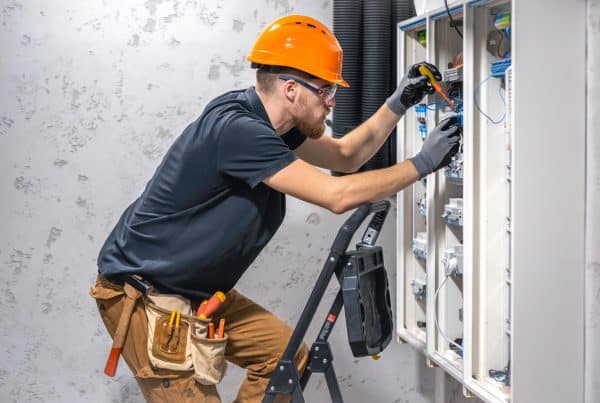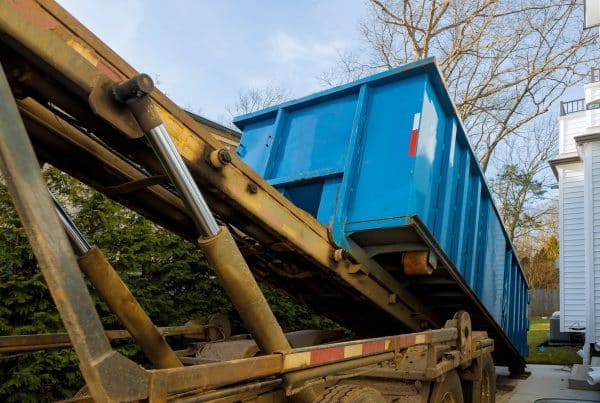No homeowner should ever have to deal with clogged sewer lines. Having clogged drains is often the worst of times. Nothing works in the house, not the toilet, the sinks, and it smells awful. The first thing that comes to mind when faced with clogged drains is, “Where is the plunger?” Often, the plunger does its magic and unclogs the drains. In some instances, however, the standard plunger proves useless, and you require professional plumbing assistance from wrightrestorations.ca to deal with the frustrating sewer line blockages. If the plunger fails, it means that the problem is in the main sewer lines.
As a homeowner, you need to know the signs and symptoms of clogged sewer lines. Early detection helps contain the underlying plumbing issues before they escalate and become costlier and harder to handle.
There’s a difference between clogged drains and clogged sewer lines. Drains feed the main sewer lines. The latter may continue working even when their clog fixtures are blocked. But, once the main line gets obstructed, the other fixtures fail too.
Here are the common signs that you have a clogged sewer line, how to prevent the clogs from occurring, and what you are supposed to do as you wait for the professional emergency plumbers hired from teamemergencyplumber.com, to arrive and fix the plumbing issue.
Causes of clogged sewers
Sewer lines are usually wide enough to allow the uninterrupted flow of waste. These lines have a diameter of 4 to 6 inches. Therefore, if you notice any issues with the sewer line functioning, there must be a severe drain system.
1. Damaged Sewer Pipes
Damaged or bent sewer lines are the most common causes of problematic drains. Collapsed or bent pipes restrict the smooth flow of effluent from your home. Sewer pipe damage arising from:
- Rusted pipes
- Moving soil around the lines
- Nearby construction sites
- Sewer pipes crushed by heavy traffic
- Damage to the piping joints
Additionally, sewer lines are vulnerable to sagging as they age. Over time, this sagging leads to bends that effectively impede the normal flow of materials inside these structures. These bends eventually cause the pipes to clog.
2. Grease, oils, and fats
Another culprit responsible for clogs is the presence of fats in the sewer lines. When you flush fats, oils, and greases down your drain, they will eventually cool and solidify within the pipes. Using hot water to melt these fats and oils has little, if any, effect on clogs. That’s because the fats and oils will have hardened once more before reaching the main sewer line.
3. Using Unflushable Materials
Flushing bulky items, such as sanitary products and flushable wipes, also lead to chronic clogs. The only things supposed to flush down your drains are toilet paper and liquids.
4. Tree Root Invasions
Tree roots are yet another reason why sewers malfunction. The smallest of water leaks from your sewer pipes is enough to attract roots from as far as 100 meters away. The moisture and the nutrients in the leaked water cause root invasions. Eventually, these roots find their way into the pipes.
Signs of clogged sewer lines
Sewer lines take some time to get clogged and cease functioning. It doesn’t happen overnight. It may take weeks or even months for you to realize that something is amiss with the system. Here are some of the signs:
1. Dark water
Clogs in the main line cause dark water to appear when you open the showers and taps. There is no exit point for the water since the sewer lines are blocked. So, the water returns to your bathtub or shower. Since bathtubs and showers are often the lowest entry points for water in homes, the liquid will well up and emerge from the basement drains or showers.
Water from blocked sewers is different from regular leaks. Clogged sewers lead to dark water, while the leaky pipes release clear water. This liquid has a distinctive foul odor. Always put on protective gear and use strong antiseptics when handling such plumbing disasters.
2. Slow drains
Slow drains are always a red flag. Be very concerned when you notice slow-moving drains in the kitchen, toilets, or elsewhere. Eventually, the entire system shuts down. Toilet drains are always the first fixtures affected by debris in the sewer lines. These toilets take longer than expected to flush away the waste.
3. Gurgling Sounds
When dealing with a clogged sewer line, you’ll keep hearing rumbling sounds from the tiny air bubbles that form when you run sinks or flush toilets. At times, you’ll hear strange tickling or hissing sounds from your plumbing fixtures, walls, ceilings, or even ceilings. Call an experienced plumber when you see these signs. Call them to come and fix the clogs and prevent the issue from escalating.
What to Do When You Have Got a Clogged Sewer Line
Here are some steps to take as you await the professional plumbers to come and fix your blocked main sewer lines. These actions prevent the clogs from worsening before the repair crews arrive.
1. Turn off your water
First, turn off the taps, showers, and any other outlets in the home. Failure to turn off the taps often leads to sewage water backing up from these clogged sinks and flooding your entire home. Shutting off the water supply also prevents the leaking pipes or the dishwashers from draining more fluids into the already blocked sewer lines.
Look for the main water supply valves and turn them off. These main valves are typically located at the front of the home, adjacent to the water meter. If the valve is too tight, you can use pliers or a plumbing ranch to turn it off.
2. Call a plumber
Although it is possible to clear a clogged sewer line yourself, DIY projects often end in loss and disappointment. Furthermore, it is quite difficult for you to accurately troubleshoot and correct tree root invasions, broken, or damaged pipes. Even if you have the right information on fixing these clogs, you might not have the required plumbing tools to get the job done efficiently.
Professional plumbers come equipped with heavy-duty sewer line cleaning equipment and other specialized tools. Additionally, they have the knowledge and expertise to get to the root cause of the clogs.
As a layperson, it would take you forever to diagnose issues in your plumbing system. Using drain cleaners won’t work when you have undetected root invasion issues.
How to unclog sewer lines
When faced with clogged sewers, there’s no escape from having to call a professional over for inspection. Yes, you might use a plunger to flush the waste down the drains or Teflon duct tape to stop the leaking pipes, but these are often temporary solutions.
To unclog sewer lines, you need to trace the sewer line cleanout, which is typically located at the side of your property or in the basement. Once you find this large pipe, remove the cap to access the main sewer line. Sometimes you get lucky and find the clogging debris stuck in the cleanout.
Removing this clog restores the desired functioning of your plumbing system. At times, however, the problem is deep-rooted within your system. In such a scenario, try flushing water through the sewer lines. Running water, especially at high pressure, helps break apart and dissolve the clogs. If this fix fails, you can snake the sewer line to clear the blocked debris.
In Conclusion
To avoid such disastrous outcomes, it is imperative you liaise with a qualified, licensed, and trusted plumber to help deal with the clogs. These experts use their skills to determine the best remedy for your sewer lines. They might decide to clean the system, do some repairs, or replace the defective pipes altogether.







